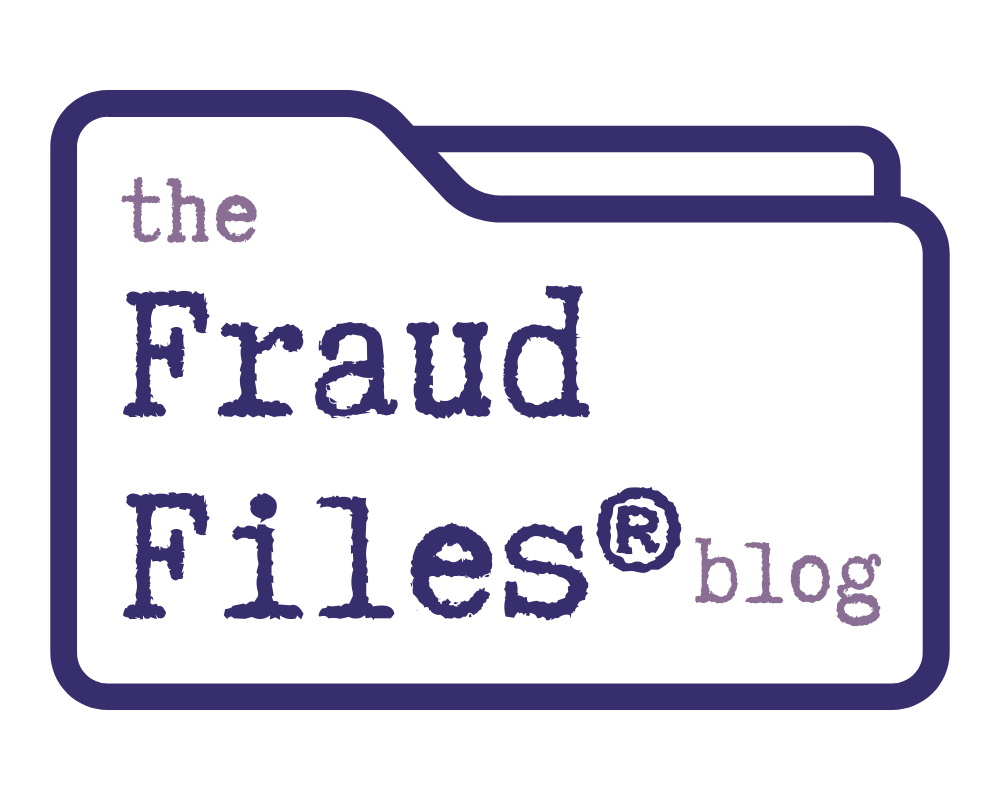
EBITDA = Earnings Before Interest, Taxes, Depreciation and Amortization
Accountants and investors generally agree on what all of those items (earnings, interest, taxes, depreciation, amortization) are. So the computation of EBITDA is quite simple, if presented with accurate and complete financial statements.
But then there’s Patrick Byrne and Overstock.com. *sigh*
Patrick wouldn’t be Patrick if he wasn’t spouting some ludicrous conspiracy theory, shooting the messenger rather than responding to the message, or creating some new accounting measures.
Here’s what Overstock.com presented as “EBITDA” for the year ended December 31, 2007 in its most recent earnings release:
Here’s what’s so funny about the numbers. They’re complete fiction. This is not how EBITDA is calculated.
And would the general public realize that Patrick & Company have just fed you total fiction? Would the average investor realize that Overstock just made up their own version of a widely-recognized financial calculation to make their numbers look better? Would an investor or analyst immediately realize that this calculation is not what it’s supposed to be? Probably not.
But don’t take my word for it. Take the word of the Securities and Exchange Commission, the little old federal agency that is currently investigating Overstock and Byrne. Here’s what they have to say:
Question 14: Section I of the adopting release describes EBIT as “earnings before interest and taxes” and EBITDA as “earnings before interest, taxes, depreciation and amortization.” What GAAP measure is intended by the term “earnings”? May measures other than those intended by the description in the release be characterized as “EBIT” or “EBITDA”? Does the exception for EBIT and EBITDA from the prohibition in Item 10(e)(1)(ii)(A) of Regulation S-K apply to these other measures?
Answer 14: “Earnings” is intended to mean net income as presented in the statement of operations under GAAP. Measures that are calculated differently than those described as EBIT and EBITDA in the adopting release should not be characterized as “EBIT” or “EBIDTA.” Instead, the titles of these measures should clearly identify the earnings measure being used and all adjustments. These measures are not exempt from the prohibition in Item 10(e)(1)(ii)(A) of Regulation S-K.
See, the SEC makes it very clear that a company is not allowed to call something EBITDA if it is not comprised of “earnings before interest, taxes, depreciation and amortization.”
But that’s exactly what Overstock.com did in their calculation above. They calculated something that was not EBITDA, but called it EBITDA anyway. Wrong, wrong, wrong!
If EBITDA was calculated for Overstock the way the SEC says it must be calculated, it looks like this for the year ended December 31, 2007:
Check that out! In an instant, Overstock.com’s EBITDA goes from negative $4 million under their phony figures, to negative $15 million when properly calculated. That’s a drop of $11 million and quite a difference, don’t you think?
Some may suggest that because EBITA is not a GAAP measure, then companies are free to calculate it however they wish (since there is no accounting “rule” that says how they must do it). I reject that notion, and so does the SEC.
In fact, EBITDA has a common usage that is stated well here:
In our experience, EBITDA has become a widely used non-GAAP financial measure of both operating performance (i.e., income) and liquidity (i.e., cash flow).
That common usage is meaningless when looking at Overstock.com’s numbers, because they’ve used some fake calculation and called it EBITDA. That’s purposely confusing and misleading. And it violates the SEC’s guidance.
Why would they do it? Why does Patrick & Company do anything that’s intended to confuse, obscure, and divert attention?
And how did this get past the Overstock.com auditors? Certainly they took a look at the financial measures reported by Overstock, and they had to see that the fake EBITDA calculation didn’t follow SEC rules? I guess not. What a shame that Sam Antar, Floyd Norris, and Gary Weiss could all see this quickly, yet the auditors missed it. Oh, that’s right… they’re just miscreants.
I found this funny little tidbit on Investopedia:
Consequently, EBITDA is often used as an accounting gimmick to dress up a company’s earnings. When using this metric, it’s key that investors also focus on other performance measures to make sure the company is not trying to hide something with EBITDA.
Gimmick? Patrick? Never! If using EBITDA is considered a gimmick, I wonder what they call faking up the gimmick?
11 Comments
Leave a Reply






The auditors only provide an opinion on the Financial statements and footnotes. The EBITDA term is used in the MD&A for which Auditors do not provide an opinion.
Overstock does define their version of EBITDA and are consistent in the way they presnt it, so they have probably met the intent of the SEC rules. Some companies use the term “adjusted EBITDA” when they vary from the generally-accepted definition of EBITDA. Overstock probably should have gone that route.
Mike – You’re wrong on both accounts.
1. The auditors don’t just look at financial statements and notes.
2. The rules do NOT allow a company to make up a financial measure, give it a misleading name, but get away with it just because they disclose their made up methodology. It’s simply not allowed under the SEC rules.
I will clarify my comment – the auditors only provide an opinion on the financial statements and related footnotes. They may review the MD&A and other non-FS disclosures and provide input to management, but management is free to include in MD&A what they feel is relevant information to investors.
Google “adjusted EBITDA” and see how many hits you get. It is common practice for start-up companies and those suffering losses to report something that is slightly different that commonly-accepted EBITDA in an effort to explain cash flows within MD&A. Given the number of filers who do this, if it is illegal as you suggest, the SEC is not enforcing this very strictly. I am not condoning the use, only pointing out that Overstock is not the only company to report EBITDA that does not follow the normal definition.
Show me an auditor opinion that mentions MD&A and I will back off of my statement.
The SEC is clear in their SOX guidance that MD&A is out of scope for SOX, primarily because the MD&A is not audited by external auditors.
Ah.. yes… what I call “The USANA Defense.” Everyone is breaking the law so we can too!!! If you don’t know what I mean, you can Google Gil Fuller, Usana’s CFO, and read all about how he called himself a CPA for years when he wasn’t licensed.
While the auditor opinion does not specifically reference MD&A, auditors can and do examine supplementary information and financial statement details quarterly and yearly. They aren’t allowed to pretend that Overstock isn’t breaking the law, just because the misdeeds aren’t on the face of the financial statements.
You left out one important fact when quoting the SEC FAQ above regarding the use of EBIT and EBITDA –
“The answers to these frequently asked questions represent the views of the Division of Corporation Finance. They are not rules, regulations or statements of the Securities and Exchange Commission. Further, the Commission has neither approved nor disapproved them. “
Common disclaimer language. Who would I believe? Patrick Byrne or the Division of Corporate Finance? The answer is simple.
I was just pointing out that these are not SEC “rules” but rather guidelines or opinions. The formal rules related to non-GAAP disclosures only require that you reconcile your non-GAAP measure back to GAAP.
I agree that Overstock did not start with net income (net earnings) as they should have, but they can exclude fas123r stock comp (non-cash) when determining EBITDA as do most companies who present EBITDA where this is a significant non-cash number.
Mike wrote:
“…as they should have.”
So you agree with me that Overstock is wrong. Good.
I don’t agree on all points, but agree that the calculation of EBITDA does not follow the SEC guidelines that it should be reconciled to the GAAP financial statements by starting with net income.